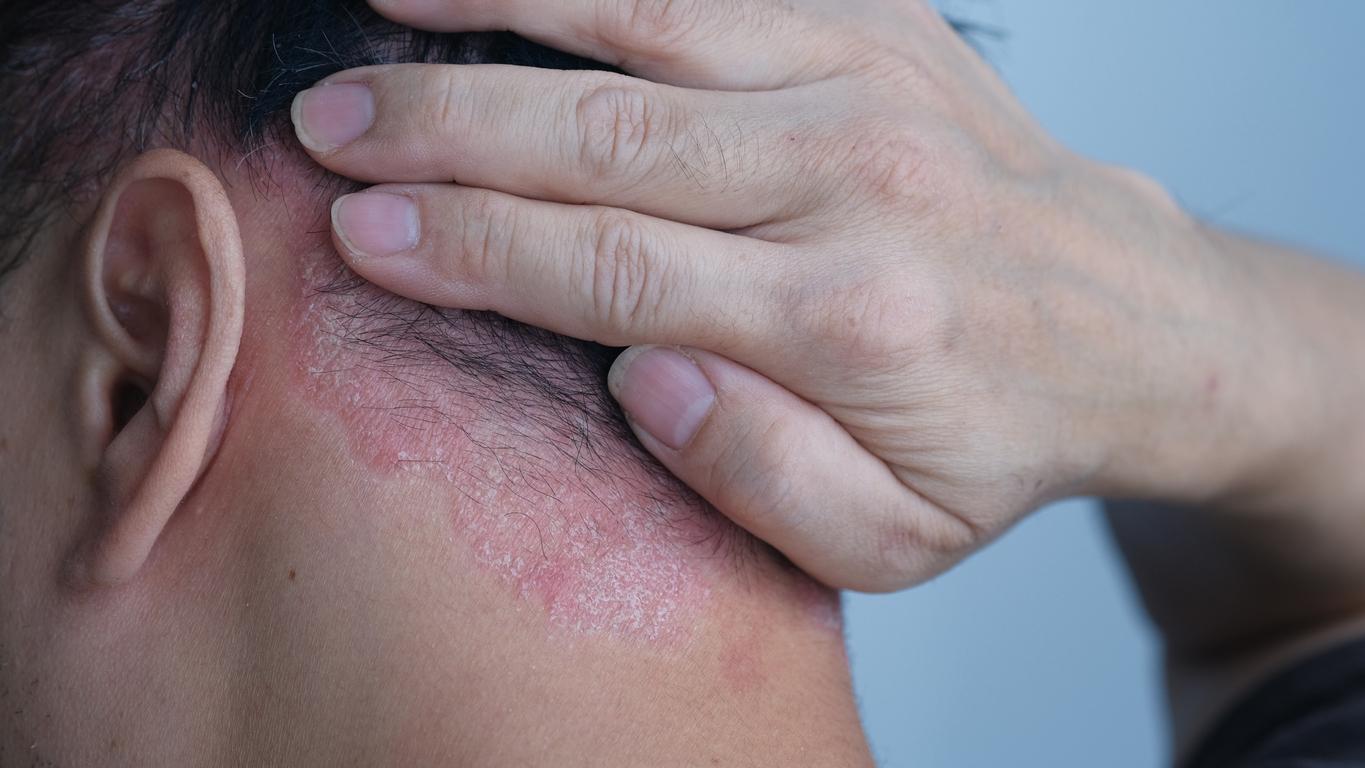Researchers have developed a chewing gum to diagnose signs of peri-implantation disease.

Could chewing gum revolutionize dental health? The idea may seem counter-intuitive as it has been hammered home to gum chewers that they risk cavities. And yet, it is thanks to one of these delicacies that we owe the new discovery of a team of researchers on peri-implantation diseases.
These pathologies resulting from a dental implant are manifested by inflammation and are of the infectious type. There are two categories: peri-implant mucositis and peri-implantitis.
Complex diagnosis
Problem: their symptoms can be varied and merge with those of other diseases. As a result, the peri-implant disease is badly and belatedly diagnosed, after a sometimes complex and expensive clinical procedure.
Researchers have found a way to facilitate diagnosis using a simple chewing gum equipped with a biosensitive sensor. The technology responds to disease-related inflammation by releasing a bitter taste.
Bitter taste
Indeed, patients with peri-implant disease produce a specific enzyme, identified by the sensor. The chewing gum, tasteless, does not change when chewed by a person without signs of developing the disease.
The works that present this technology have been published in the journal Nature. The effectiveness and safety of this device must be confirmed by clinical work. But the researchers think that this chewing gum could equip dental offices in order to reduce the costs of the diagnostic kits currently used. Ultimately, the goal is that this therapeutic tool can be used “by anyone, anywhere, anytime”.
.















